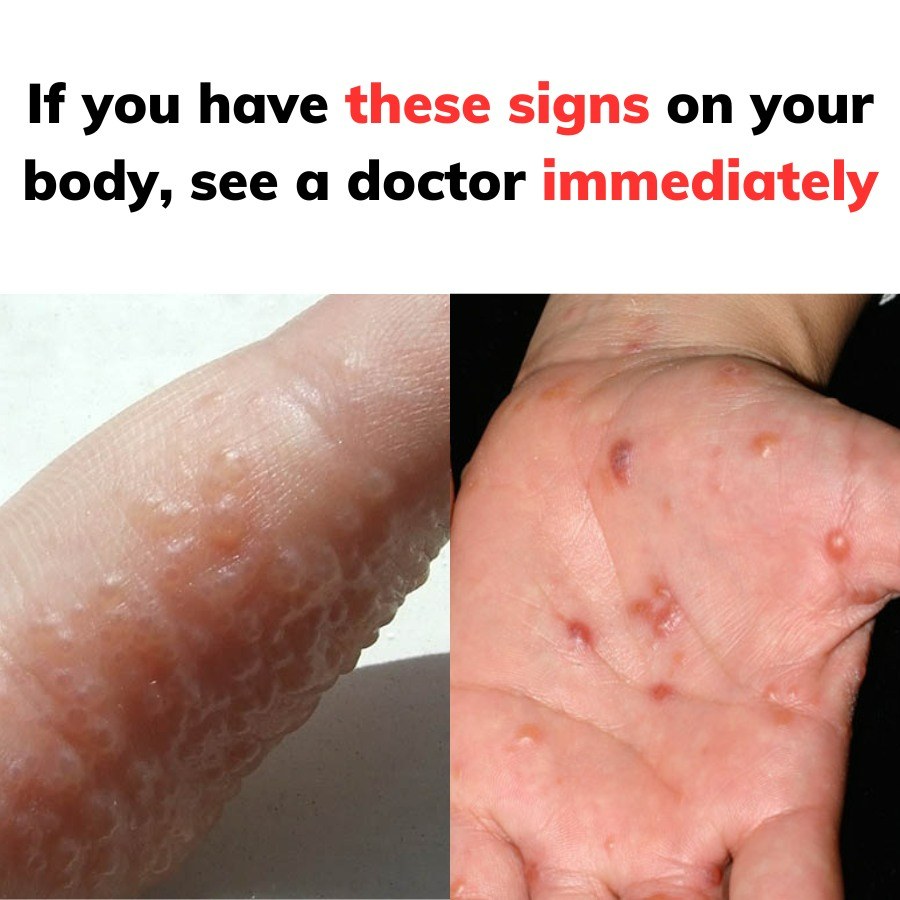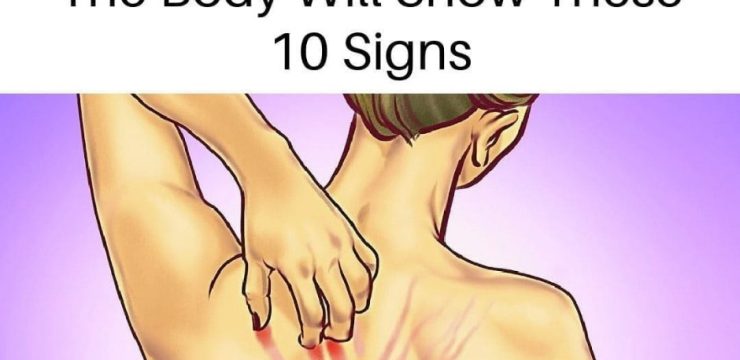When it comes to our health, our bodies often give us warning signs that something may not be right. One such condition that you should pay close attention to is dyshidrotic eczema. Although not as widely known as other forms of eczema, this specific type can be both uncomfortable and frustrating. If you notice any of the symptoms described below, it’s important to consult with a healthcare professional as soon as possible to prevent the condition from worsening.

What Is Dyshidrotic Eczema?
Dyshidrotic eczema, sometimes referred to as pompholyx, is a type of chronic dermatitis. It primarily affects the hands and the soles of the feet. What makes this condition particularly notable is its signature symptom: the development of deep, fluid-filled blisters. These blisters are often accompanied by intense itching, which can make day-to-day activities like walking or using your hands difficult.
The exact cause of dyshidrotic eczema remains unknown, though it is thought to be related to factors like stress, allergies, or excessive sweating. Unlike other forms of eczema that tend to appear on more common areas like the arms or legs, dyshidrotic eczema is largely confined to the extremities, specifically the hands and feet. Despite its localized nature, the discomfort it causes can have a significant impact on your quality of life.
Recognizing the Symptoms
If you experience any of the following symptoms, it’s a good idea to schedule an appointment with your doctor:
- Deep, Fluid-Filled Blisters: The hallmark of dyshidrotic eczema is the formation of small, deep blisters on the sides of the fingers, palms, or soles of the feet. These blisters are often clustered together and can range from very tiny to quite large. Though they might look similar to other skin conditions like a fungal infection, their deep nature sets them apart.
- Intense Itching: One of the most bothersome symptoms of dyshidrotic eczema is the severe itching that accompanies the blisters. This itching can be relentless, disrupting sleep and making it difficult to focus on everyday tasks.
- Redness and Inflammation: In addition to blisters, the skin around the affected area may become red, swollen, and inflamed. The skin can feel warm to the touch and appear irritated even before blisters form.
- Cracking and Peeling Skin: As the blisters dry up, the skin in the affected areas can start to crack and peel. This can lead to painful fissures, especially on the soles of the feet or palms of the hands, making it uncomfortable to walk or hold objects.
- Pain and Discomfort: While dyshidrotic eczema is primarily known for its itching, the condition can also be painful, especially when the blisters break open or the skin cracks. This discomfort can last for days or weeks during a flare-up.
Why You Should See a Doctor
If you notice any of these symptoms, it’s essential to seek medical advice. Dyshidrotic eczema, like other forms of chronic skin conditions, requires proper management. If left untreated, the itching and blistering can become severe, leading to infections from frequent scratching or even scarring.
A healthcare provider will typically diagnose dyshidrotic eczema through a physical examination of the affected areas. They may ask about your medical history and any potential triggers, such as allergens or stress factors, to help determine the cause of your flare-up.
Treatment Options
The good news is that dyshidrotic eczema can be managed with the right treatment plan. Doctors often recommend topical corticosteroids to help reduce inflammation and calm the skin. In severe cases, oral medications may be necessary to control flare-ups. Additionally, keeping the skin moisturized with lotions and avoiding known triggers, like harsh soaps or excessive water exposure, can help prevent future outbreaks.
If your symptoms are more severe, light therapy or stronger prescription medications might be suggested. Because the condition is chronic, it often comes and goes in cycles. While treatment can’t cure dyshidrotic eczema entirely, it can significantly reduce its impact on your daily life.
Self-Care Tips
There are also several self-care strategies you can adopt to help manage symptoms and reduce flare-ups:
- Stay Hydrated: Keeping the skin moisturized is essential in managing dyshidrotic eczema. Use fragrance-free creams or ointments to lock in moisture.
- Avoid Harsh Chemicals: Use mild, soap-free cleansers, and avoid products with fragrances or dyes that could further irritate your skin.
- Wear Protective Gloves: If your hands are frequently exposed to water or irritants, consider wearing gloves to protect them.
- Manage Stress: Stress is a known trigger for eczema, so finding ways to relax, whether through meditation, exercise, or hobbies, can help.
Dyshidrotic eczema may not be as well-known as other skin conditions, but it can be just as uncomfortable and disruptive. By recognizing the signs early and seeking appropriate medical advice, you can manage this condition effectively and improve your overall quality of life. Don’t wait until the symptoms worsen—if you’re experiencing any of the signs mentioned, consult a healthcare provider to find the right treatment plan for you.





